Content |
|---|
History
The Kromfohrlander it is a modern breed, born of the intervention of the United States in Germany after World War II. The exact story varies. A story tells that the founding dog of the breed, Peter, was a scruffy canine mascot that was found by American troops in northern France. Your ancestry could be a mix of Grand basset griffon vendéen and Fox Terrier (wire).
Somehow, Peter parted ways with the troops, but he was rescued by a woman named Ilse Schleifenbaum. She adopted him, and in the natural course of things, Peter had an affair with Fifi, a Fox Terrier (wire) black and white. Her cubs, Shaggy y Witch, they were very similar to their father in appearance and temperament. Ilse decided that his qualities were worth reproducing and called the dogs “krom fohr” (“crooked groove”), by the local landscape.
Another version of the history of the race is that Peter traveled with the troops and they handed him over to Frau Schleifenbaum. She raised him with her own dog, described as resembling a Fawn Brittany Griffon, producing five litters bearing their father's stamp. Be that as it may, the International Cynological Federation recognized them as a distinct breed in 1955.
The first Kromfohrlander imported to the United States was Button von der Britzer Muhle in 1997. A female followed, Finca vom Kahlharz, in 1999. The United Kennel Club recognized the breed a few years earlier, in 1996, classifying it originally as Terrier, but then reassigning her to companion dog status in 2013. But, was not up 2012 when the Kromfohrlander began to be registered with the Stock Service of the American Kennel Club Foundation (AKC FSS).
Currently, in Germany, a few 200 dogs of Kromfohrländer per year are under the umbrella of the VDH. Faced with the problem of inbreeding, in 2010 the breeding association was founded ProKromfohrländer e.V., you want to systematically counteract with selective crosses and other measures. These may include, the Dansk-Svensk Gårdshund, a very similar Danish-Swedish dog breed provisionally recognized by the FCI, is being crossed to improve the breeding base. Taking into account the history of the breeding of the Kromfohrländer and the physical and psychological characteristics of both breeds of dogs, it seems that it is a good way. By the way, name Kromfohrländer comes from a valley near Siegen, that it's called Krom Fohr = Krumme Furche.
The Kromfohrländer It is one of the newer German dog breeds, practically unknown outside its borders.
Physical characteristics
The Kromfohrländer It is a breed of medium-sized companion dog. . There are two different types of hair: rough hair (Rauhaar) and smooth hair (Glatthaar). This is what the provisions of the standard say about the general appearance. The standard says about the color of the coat:
Basic color white; Light brown markings, reddish brown to very dark brown in the form of spots of different sizes or like a saddle. Black hair ends with brown undercoat are allowed. In the head: light brown spots, reddish brown to dark brown on the cheeks, above the eyes and in the ears. Largely symmetrically subdivided with white markings extending to the forehead or nape (symmetrical mask with glow).
As a result of extreme inbreeding, the dogs in practice became increasingly pale in terms of their brown tones. That is why the Fox Terrier (wire) they crossed in the decade of 1960 to enhance colors. One Kromfohrländer has manageable dimensions, matching her cheerful charisma, friendly and lively .
Weight and height
Character and skills
The Kromfohrländer purebred is an adaptable dog, sensitive and with terrier blood.
It is a true family dog. He follows her where he can. At the same time, presents features of “unique dog”. Within his town there are always one or two people to whom he is especially attached. Especially close friendships can develop here., even intimate, if your humans allow it. So the world is alright for the dog, yes and while these your faithful friends are there. He is faithfully dedicated to them. Without them he is restless and only looks towards the door, when the master or loves her finally arrive.
With a little good education and guidance, he is a very sociable family dog, who is also very good at living with children. At the same time, he is quite reserved with strangers.
Some bark very discreetly, others report each movement. Both on the leash and on your own turf, the Kromfohrländer sometimes tends to megalomania. This appears to be an inheritance from the Terrier. Here your caregivers must show clear leadership. Only with the development of your own personality, usually at two years, becomes more relaxed in dealing with the outside world. Another advantage of Kromfohrländer is that he barely has hunting instinct. This makes walks or hikes in nature with him very relaxing.
Health
The Kromfohrlander is generally healthy, with a life expectancy of 12 to 14 years.
All dogs have the potential to developgenetic health problems, Like all people, they have the potential to inherit a particular disease. – Do not walk – from any breeder who does not offer a health guarantee to their puppies, to tell you that the race is 100 percent healthy and having no known problems or telling you that their puppies are isolated from the main body. home for health reasons. A reputable breeder will be honest and open about health problems in the breed and the incidence with which they occur in their lines..
Health problems that can be observed in the breed include:
- Autoimmune thyroiditis (thyroid disease)
- Cistinuria, a genetic defect that allows the accumulation of cystine, an amino acid, in urine.
- Epilepsy
- keratosis, hardening of the footpad caused by an excess of a protein called keratin
- Patellar luxation, an orthopedic condition that involves the kneecap slipping out of place
Ask the breeder what problems they have experienced in their lines. Problems like autoimmune thyroiditis may not show up until the dog is middle-aged or older..
Careful breeders test their breeding dogs for genetic diseases and breed only the healthiest and most attractive specimens., But sometimes Mother Nature has other ideas and a puppy develops one of these diseases despite good breeding practices. Advances in veterinary medicine mean that, in many cases, thedogsthey can still live a good life. If you are going to have a puppy, ask the breeder about the ages of the dogs in their lines and what caused their deaths.
If a breeder tells you that they do not need to do these tests or that their dogs do not need health certifications because they have never had problems in their lines, that your dogs have been vet checked or you give any other excuse to skimp on genetic testing. dog, walk away immediately.
Remember that after you have brought a new puppy into your home, has the power to protect you from one of the most common canine health problems: theObesity.Keep a Kromfohrländer at a proper weight is one of the easiest ways to help ensure a healthier dog for life.
Grooming
The coat of the Kromfohrländer can be rough or smooth, and each type of coat can vary in length. Wire-haired dogs, or rough fur, they always have beards, which makes them look pretty and scruffy. The hair is thick and rough in texture. Beneath him is a short soft cape.
Smooth-haired dogs have feathers in their ears, chest and legs and a nice feathered tail. Your body hair can be short or long, and finishes off a short and smooth undercoat.
The Kromfohrländer lose hair, but not in excess. People who live with dogs say that regular sweeping and vacuuming is enough to keep their fur under control.
Fur tends to shed dirt easily, and dogs don't usually smell unless they've wallowed in something that smells bad. Bathe them when necessary. Depending on whether a Kromfohrländer spends a lot of time outdoors, as well as in your furniture, that can mean weekly, monthly or quarterly.
The rest is basic care. Trim your nails every week or two, or when necessary. Brush teeth frequently - with a veterinarian approved pet toothpaste- for general good health and fresh breath.
Characteristics "Kromfohrlander"
Coexistence is important that you have with your new friend. Before considering the acquisition of a dog of the breed "Kromfohrlander" you know certain factors. Not all breeds of dogs are apt to live in an apartment, you must take into account his character, their need for exercise, their interaction with other pets, their care and if you have small children, their level of tolerance towards them.
Adaptation ⓘ2.0 out of 5 stars (based on 1 review)
|
friendly dog ⓘ3.0 out of 5 stars (based on 1 review)
|
hair loss ⓘ3.0 out of 5 stars (based on 1 review)
|
|---|---|---|
Affection level ⓘ4.0 out of 5 stars (based on 1 review)
|
Need for exercise ⓘ3.0 out of 5 stars (based on 1 review)
|
Social need ⓘ2.0 out of 5 stars (based on 1 review)
|
Home ⓘ3.0 out of 5 stars (based on 1 review)
|
Toilet ⓘ2.0 out of 5 stars (based on 1 review)
|
Friendly with strangers ⓘ3.0 out of 5 stars (based on 1 review)
|
barking ⓘ3.0 out of 5 stars (based on 1 review)
|
Health ⓘ3.0 out of 5 stars (based on 1 review)
|
Territorial ⓘ3.0 out of 5 stars (based on 1 review)
|
Cat friendly ⓘ3.0 out of 5 stars (based on 1 review)
|
Intelligence ⓘ4.0 out of 5 stars (based on 1 review)
|
Versatility ⓘ2.0 out of 5 stars (based on 1 review)
|
Child friendly ⓘ4.0 out of 5 stars (based on 1 review)
|
Surveillance ⓘ3.0 out of 5 stars (based on 1 review)
|
joy ⓘ5.0 out of 5 stars (based on 1 review)
|
Images "Kromfohrlander"
Photos:
1 – "Kromfohrlander" by Ellarie, CC BY-SA 3.0, via Wikimedia Commons
2 – One "Kromfohrlander", wirehaired subtype, lying on the grass. by Marc Runger, CC BY 3.0, via Wikimedia Commons
3 – "Kromfohrlander" Dog 2013 Helsinki 13-15/12/2013 by Thomas, CC BY-SA 3.0, via Wikimedia Commons
4 – "Kromfohrlander" by https://pixabay.com/es/photos/perro-kromfohrländer-raza-de-perro-4417896/
5 – "Kromfohrlander" by https://pixabay.com/es/photos/perro-kromfohrländer-otoño-4417894/
6 – "Kromfohrlander" by https://pixabay.com/es/photos/perro-kromfohrländer-raza-de-perro-4417897/
Videos "Kromfohrlander"
Type and recognitions:
- FCI CLASSIFICATION:
- Group :
- Section : . .
Federations:
- – FCI – Group 9: Section 10: Kromfohrlander ⓘ
- – AKC – Toy ⓘ
- – UKC – Group 8 – Companion dog ⓘ
FCI breed standard "Kromfohrlander"
Alternative names:
1. Länder, Kromi (English).
2. Kromfohrländer (French).
3. Kromfohrländer (German).
4. Kromfohrländer (Portuguese).
5. Länder, Krom (español).
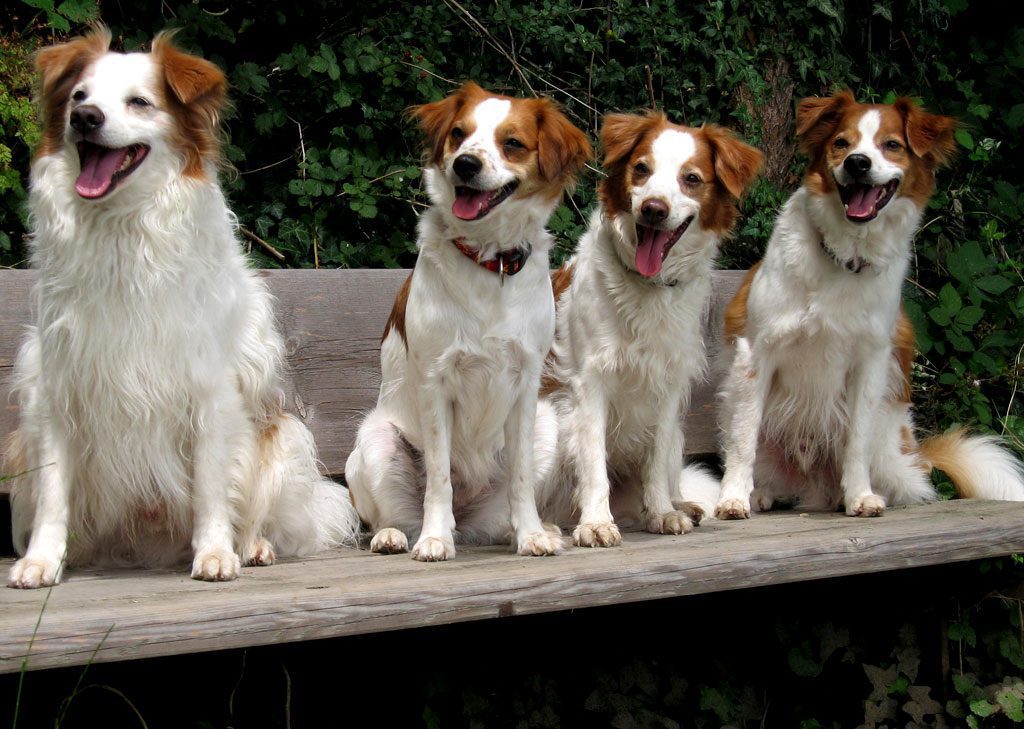
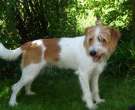
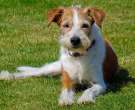
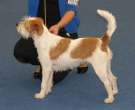

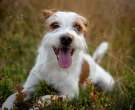
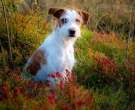
 Kromfohrlander
Kromfohrlander Are You Having Fun? | Kromfohrländer Karlie, 2 years
Are You Having Fun? | Kromfohrländer Karlie, 2 years Chrome-plated
Chrome-plated Kromfohrländer adventures August 2019 – HD
Kromfohrländer adventures August 2019 – HD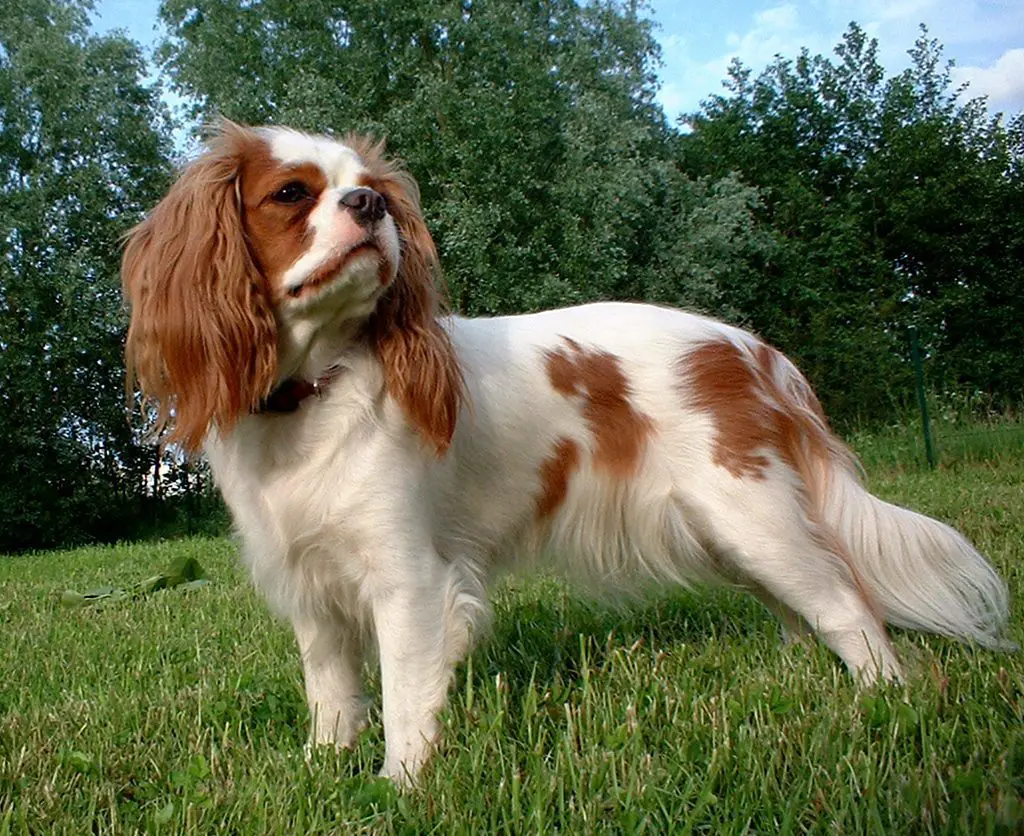
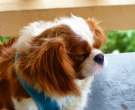
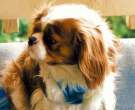
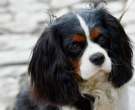

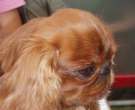
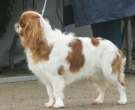
 Meet the English Toy Spaniel
Meet the English Toy Spaniel English Toy Spaniel – AKC Video Library
English Toy Spaniel – AKC Video Library English Toy Spaniels (Blenheim & Prince Charles) | WKC | Breed Judging 2020
English Toy Spaniels (Blenheim & Prince Charles) | WKC | Breed Judging 2020 Toy Spaniel
Toy Spaniel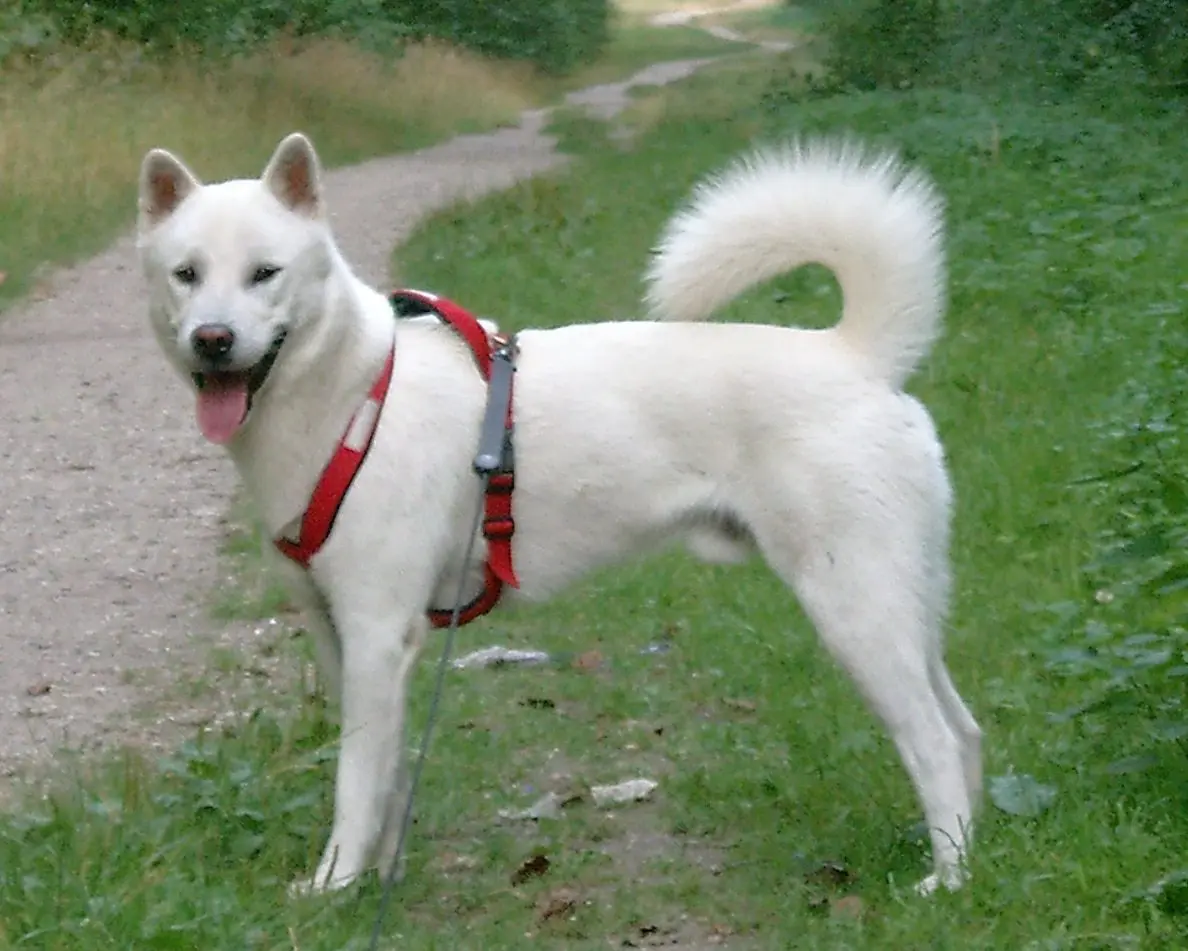
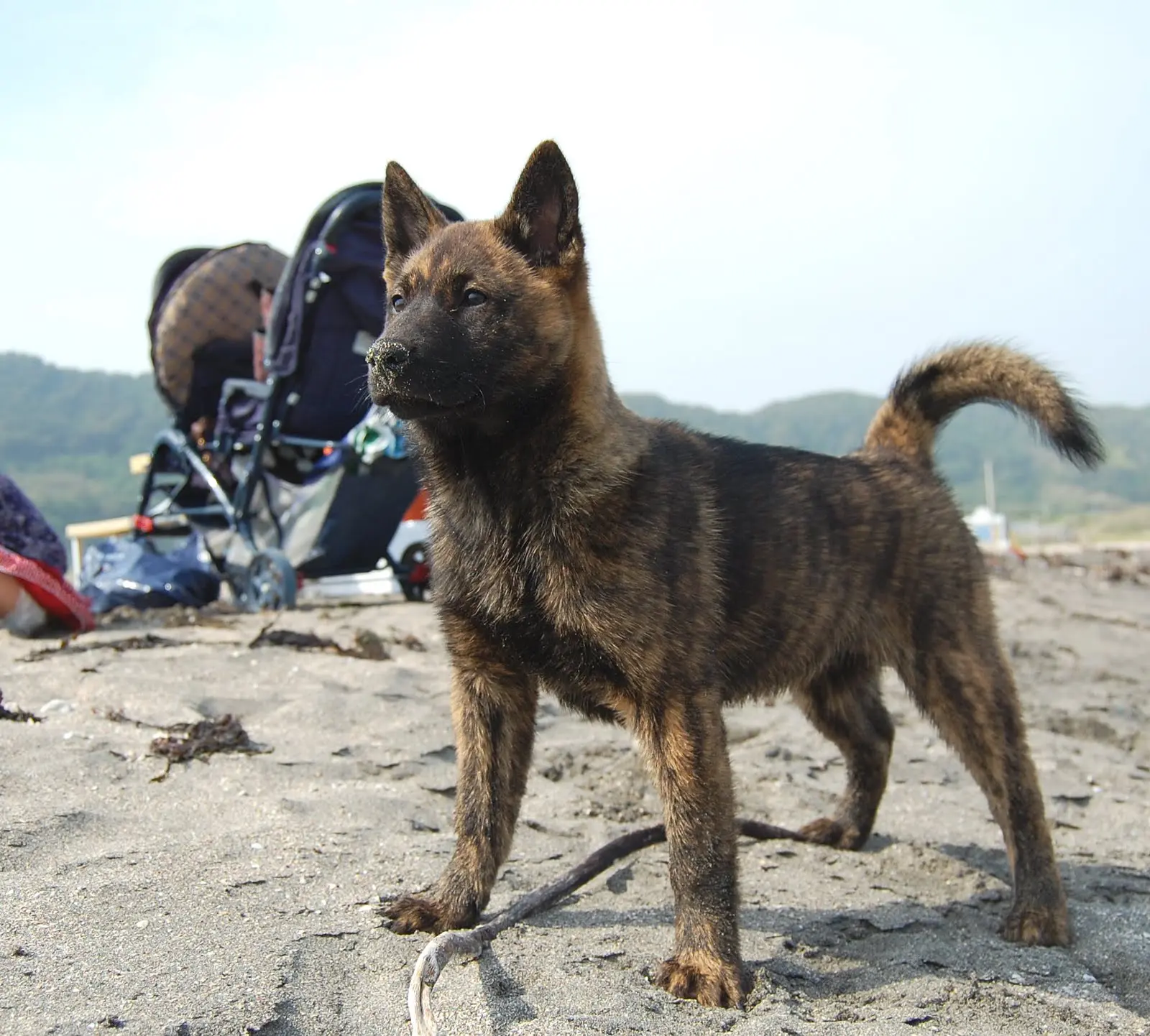
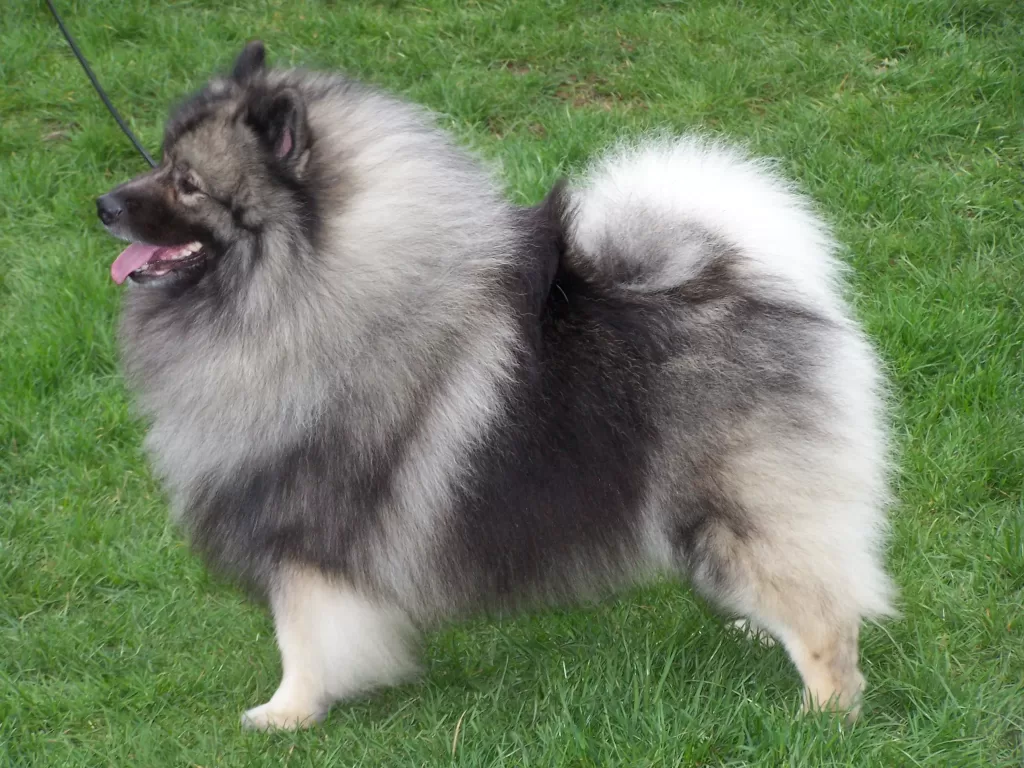
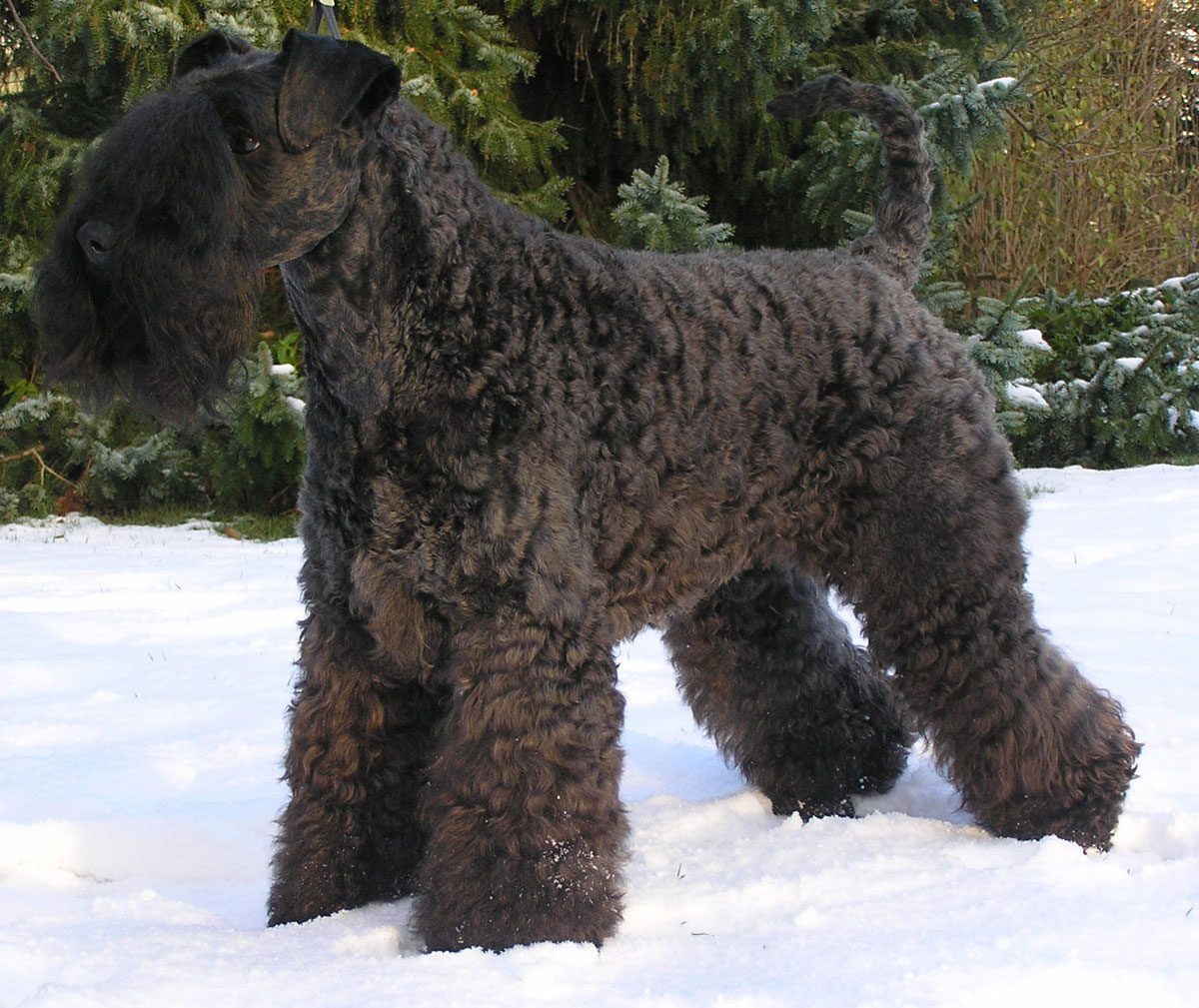
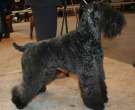
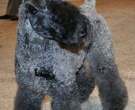
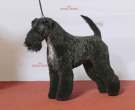
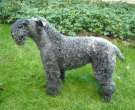
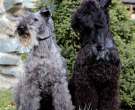
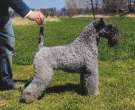
 Terrier Kerry Blue – (Kerry Blue Terrier) Breed of dog
Terrier Kerry Blue – (Kerry Blue Terrier) Breed of dog Kerry Blue Terrier – AKC Dog Breed Series
Kerry Blue Terrier – AKC Dog Breed Series Kerry Blue Terrier – Top 10 Facts
Kerry Blue Terrier – Top 10 Facts Kerry Blue Terrier(12 months): spring, country house, new haircut
Kerry Blue Terrier(12 months): spring, country house, new haircut 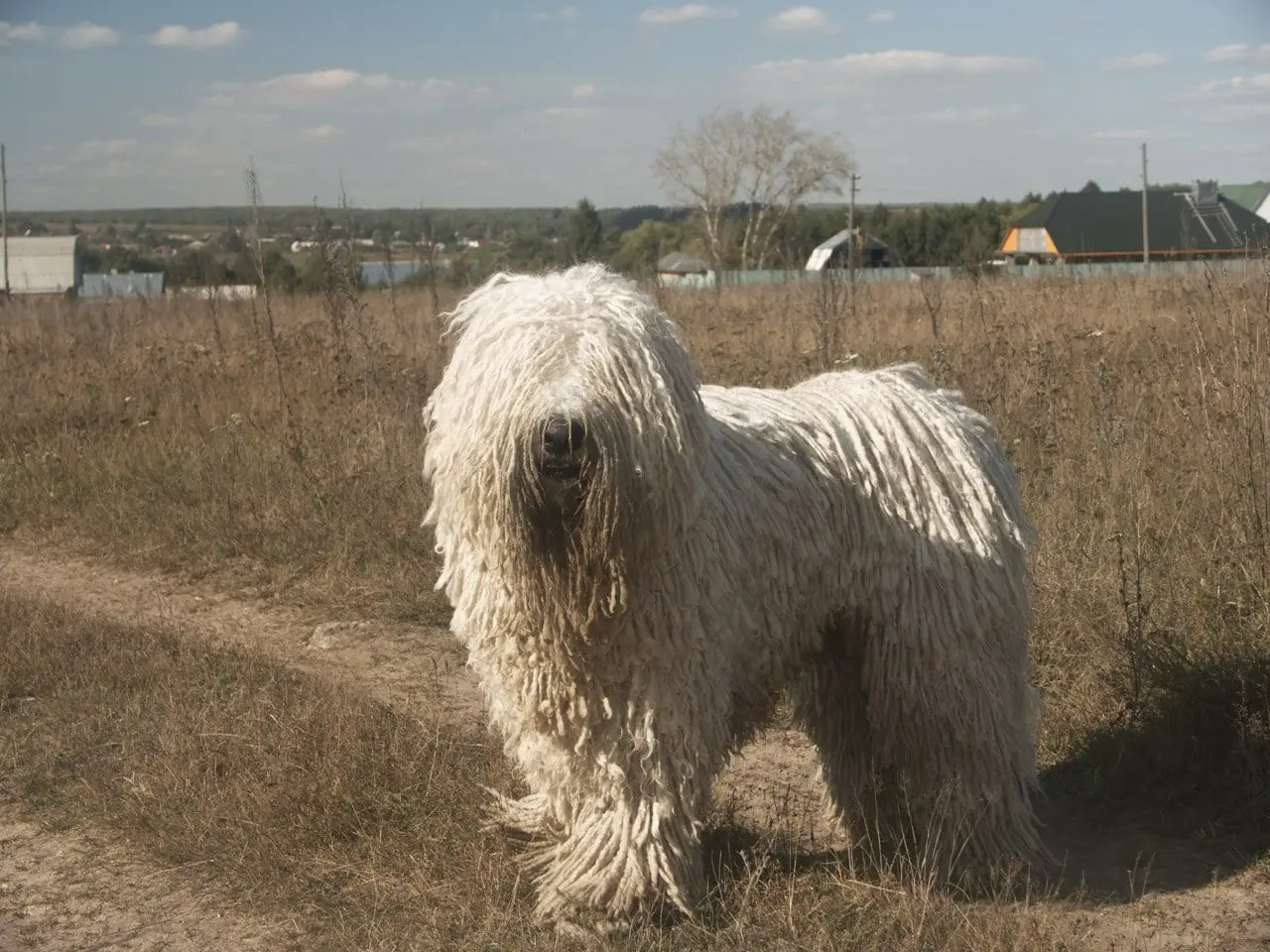
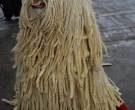
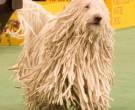
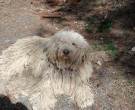
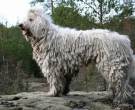
 Komondor Documentary – Supernature
Komondor Documentary – Supernature P for Komondor Dogs Pet or Not
P for Komondor Dogs Pet or Not Dogs 101- Komondor
Dogs 101- Komondor Komondor
Komondor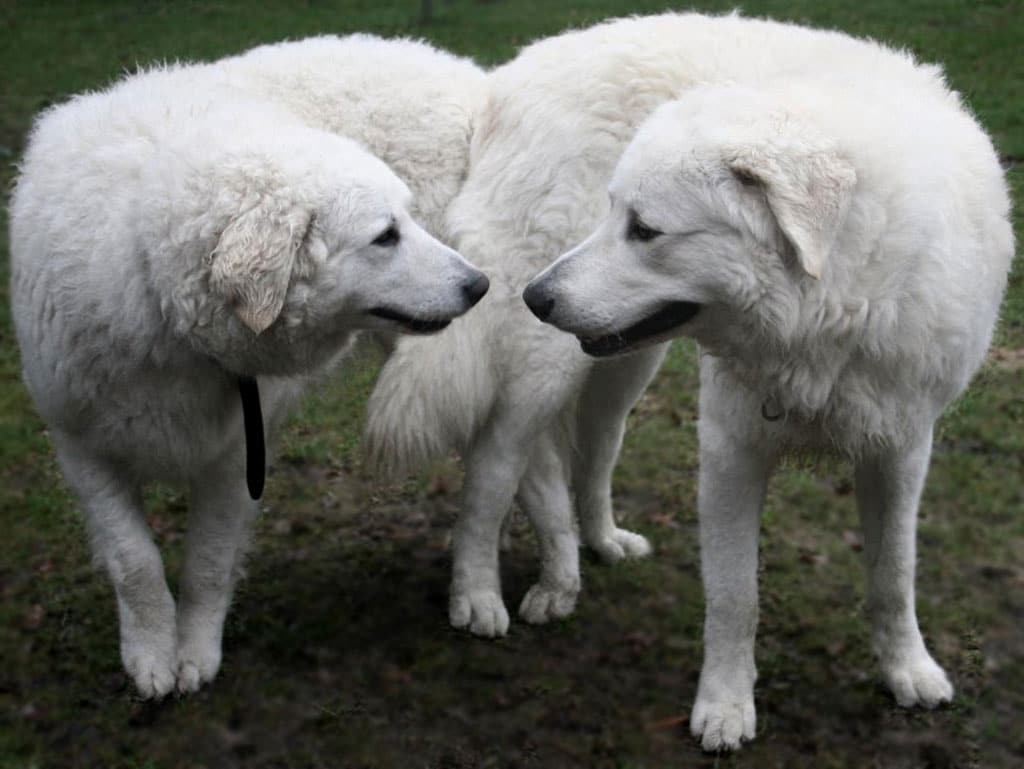
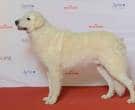
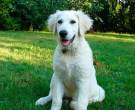
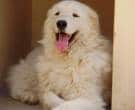
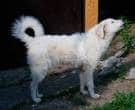
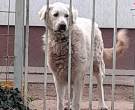
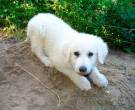
 Kuvasz – Breed of dog
Kuvasz – Breed of dog Kuvasz – AKC Dog Breed Series
Kuvasz – AKC Dog Breed Series Kuvasz
Kuvasz POOCH… of the 40 days to 2 years, increase
POOCH… of the 40 days to 2 years, increase